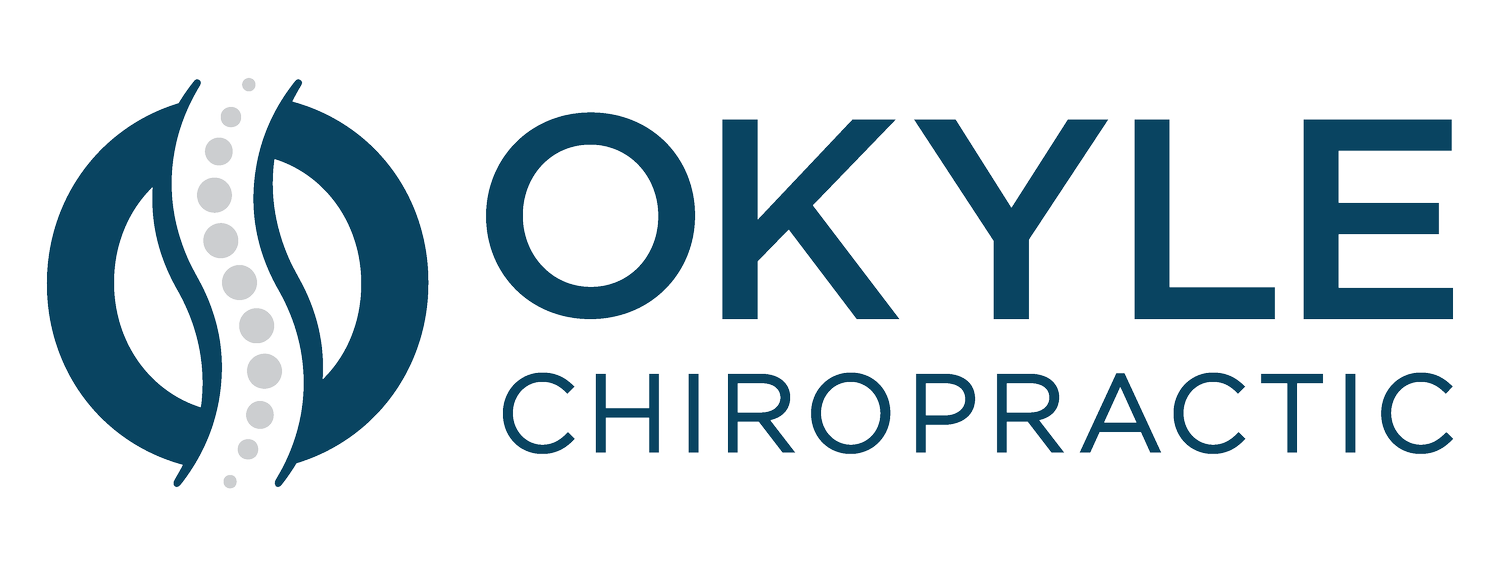WHY YOUR PAIN KEEPS COMING BACK — AND HOW TO STOP THE CYCLE
You stretch, you rest, maybe you even get a massage or adjustment — and for a while, you feel better. But then it happens again. The pain comes back.
If this sounds familiar, you’re not alone. Recurring pain is one of the most common frustrations people experience, whether it’s in the neck, back, or shoulders. The good news is that this cycle can be broken — once you understand why it happens and how to correct it for good.
What Causes Recurring Pain?
Pain isn’t random — it’s a signal. Your body is telling you that something deeper, often related to your movement patterns, posture, or muscle balance, isn’t functioning properly.
While temporary fixes like stretching, massage, or medication can ease discomfort, they rarely address the root cause. Here are a few common reasons pain keeps returning:
Tight muscles compensating for weak ones
Poor posture or repetitive stress (from sitting, lifting, or working at a computer)
Movement imbalances that overload the same joints and tissues
Chronic inflammation or scar tissue buildup
Lack of recovery between workouts or daily stressors
Until these imbalances are corrected, the same areas will continue to flare up — creating a frustrating loop of temporary relief and recurring pain.
Short-Term Relief vs. Long-Term Correction
There’s a big difference between feeling better and actually healing.
Short-term relief (like pain medication or ice) can help manage symptoms, but lasting results require addressing how your body moves and functions.
For example:
You can stretch a tight hamstring, but if your glutes aren’t firing, it’ll tighten again.
You can adjust a misaligned spine, but if your posture keeps pulling it out of place, the issue returns.
At our clinic, we focus on treating the muscle and movement side of pain — because when you fix the way your body moves, you fix the way it feels.
How to Stop the Pain Cycle for Good
1. Treat the Muscles, Not Just the Joints
Soft tissues — your muscles, fascia, and ligaments — are often the real source of recurring pain.
Techniques like myofascial release, active muscle therapy, and targeted stretching can reduce inflammation, improve blood flow, and restore balance to your body.
2. Retrain Your Movement Patterns
Once tight tissues are released, your body needs to learn new habits. This might include:
Core activation exercises
Postural correction drills
Functional movement retraining
When your body learns to move correctly, pain doesn’t have a reason to come back.
3. Strengthen and Stabilize Key Areas
Weak stabilizing muscles (like your glutes, deep core, or scapular stabilizers) can cause surrounding muscles to overcompensate. Targeted strengthening helps your body stay balanced, reducing stress on joints and preventing flare-ups.
4. Prioritize Recovery
Inflammation thrives when your body doesn’t recover. Make sure to:
Get 7–8 hours of quality sleep
Stay hydrated
Eat anti-inflammatory foods like salmon, turmeric, and leafy greens
Take movement breaks throughout the day
Recovery isn’t optional — it’s the foundation of long-term healing. It is important to remember, however, that recovery does NOT mean stationary. Movement is medicine.
5. Work with a Chiropractor Who Looks at the Whole Picture
The most effective way to end recurring pain is to find a practitioner who doesn’t just chase symptoms.
A chiropractor who integrates muscle work, movement assessment, and education can identify what’s driving your pain and design a plan tailored to your body’s specific needs.
Pain that keeps coming back isn’t just bad luck — it’s a sign of deeper dysfunction. The key to lasting relief lies in treating both the muscles and the movement patterns that keep your body stuck in the same cycle. When you address the root cause instead of just the symptoms, your body can finally heal — and stay that way.
Any questions? Feel free to reach out to our office via phone or text: (310) 880-9663. Happy healing!
Disclaimer: The information provided on this chiropractic blog is for general informational purposes only and is not intended as a substitute for professional medical advice, diagnosis, or treatment. Always seek the advice of your physician or another qualified health provider with any questions you may have regarding a medical condition. Never disregard professional medical advice or delay in seeking it because of something you have read on this blog. If you think you may have a medical emergency, call your doctor or 911 immediately. Reliance on any information provided by this blog is solely at your own risk.
